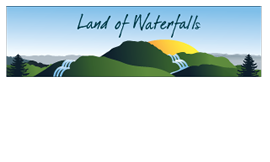 |
| The Toxaway Inn in its prime |
Lake Toxaway, named for the anglicized version of the Cherokee
word for cardinal, is North Carolina’s largest private lake. First created in
1900 by investor J. Frances Hayes of Newcastle, Pennsylvania, the lake was the
first of a phased plan to capitalize on the value of the 30,000 acre property.
The earthen dam that created the lake from the Toxaway River and its
tributaries was built for a cost of $38,000 (equivalent to $1.2 million in 2021)
and created a lake one mile wide with fifteen miles of shoreline at a constant
3,100 feet above sea level in what was described as “the beautiful Sapphire
country” and “America’s Switzerland.”
 |
| Group photo of workers who constructed the Inn |
Hayes bought the Brevard Railroad and extended it to the site over
the next three years. Four different private rails ran to the site, boasting
sleeping cars from large cities for the convenience of elite passengers. Hayes
also had the Toxaway Inn constructed, hiring locals for much of the work, seen
pictured here. The inn was completed in 1903 at a cost of $175,000 (equivalent
to $5.3 million in 2021), was four-stories high, and boasted 250 rooms
connecting to 90 baths. It was intended from the start to cater to a luxury set
of clientele. The guest register reads like a who’s who of early 20th century
society: Thomas Edison, J.P. Morgan, Cornelius Vanderbilt, “Diamond Jim” Brady,
Henry Ford, Harvey Firestone, John Burroughs, the Dukes, the Wanamakers, and
R.J. Reynolds all stayed at the resort.
 |
| Steamboat on Lake Toxaway |
The Toxaway Inn had every conceivable modern convenience:
elevators, steam heat, electric lights, its own power plant, telegraph and long
distance phone service, a chandelier-lit ballroom, large verandas, and open
fireplaces in common areas. For guest entertainment, there were daily stringed
orchestra concerts, golf, bowling, and tennis on the site’s facilities;
horseback riding and hunting through the forests; and fishing in the 50 miles
of streams snaking through the property. The lake itself was a source for entertainment
with swimming and boating; although canoes were available, the novelty of a
steam-powered boat that could hold up to 40 passengers often delighted hotel
guests.
 |
| Lunch menu from Toxaway Inn, July 18, 1916 |
The pristine natural environment was also a commodity used to draw
visitors to the inn. The fresh mountain air, mineral spring water, and pastoral
environment was glorified in advertisement. The land itself helped to provide
food for the 200 millionaires that graced the halls of Toxaway Inn in the first
year and beyond. The finest foods were available on the menu which included
prime rib, roast lamb, and a variety of elegant sides and desserts. They even
boasted a “nature kindergarten” with a certified teacher for children that
sounded a lot like the nature-based education that is so popular today,
highlighting the sheep and cattle farming that was part of the property as a
source for hands-on learning for children.
Next week,
part two and the destruction of Toxaway dam that led to the inn’s decline.
Photographs and information for this column are provided by the Rowell Bosse
North Carolina Room, Transylvania County Library. This article was written by
Local History Librarian Laura Gardner. For more information, comments, or
suggestions, contact NC Room staff at [email protected] or
828-884-1820.



